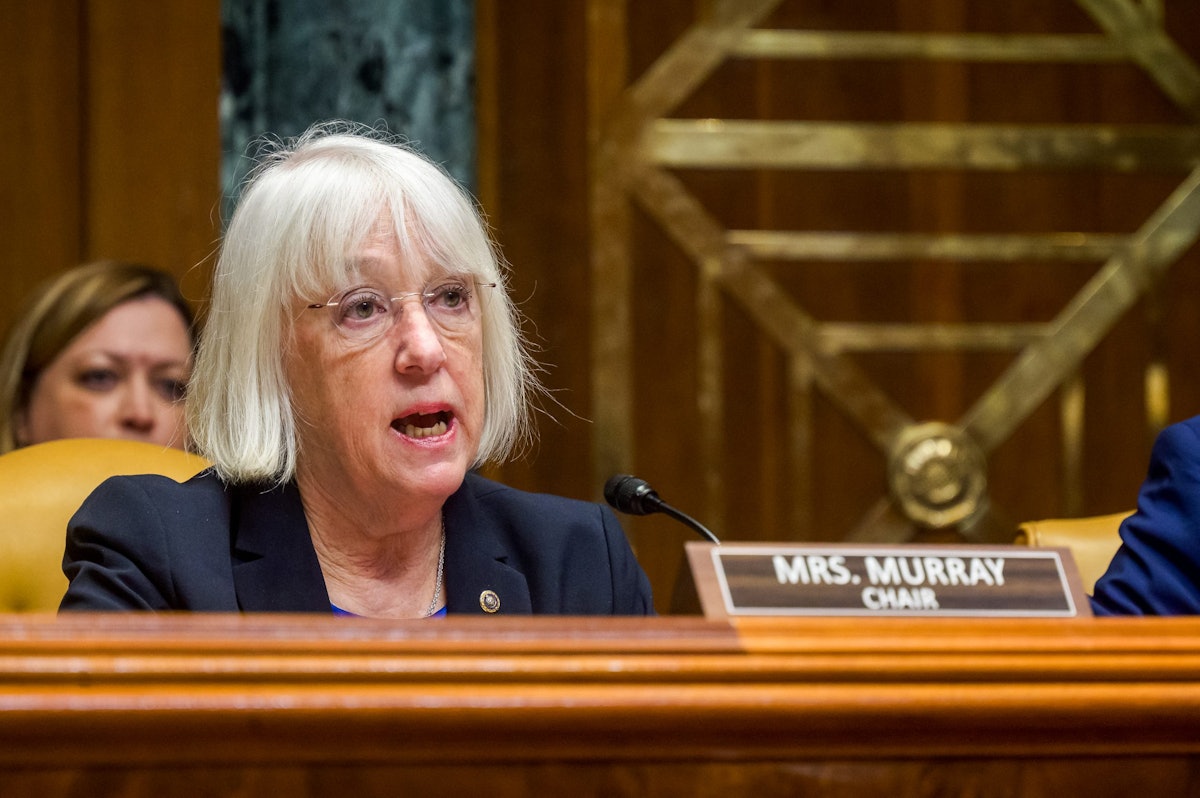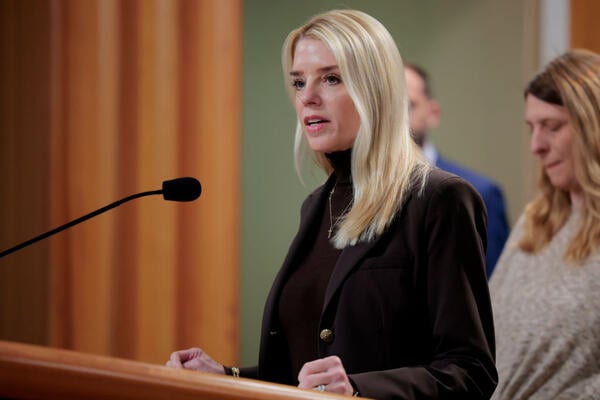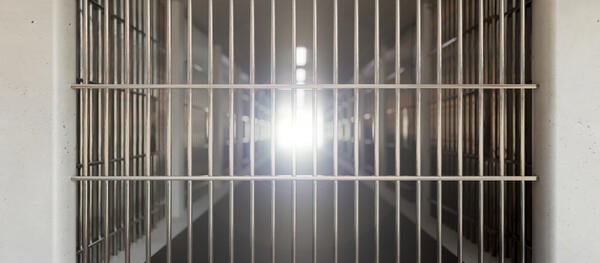The move by Murray, Vice Chair of the Senate Appropriations Committee, forces Riley’s nomination to undergo full committee review rather than skipping directly to Senate floor consideration. The action comes just weeks before the new school year begins, with school districts across the country scrambling to address massive budget shortfalls created by the Trump administration’s funding freeze.
“As schools nationwide scramble to figure out how many teachers they need to lay off and afterschool programs warn parents to make back up plans—all because President Trump is blocking over $6 billion in education funding he himself signed into law—there is no reason for any Department of Education nominee to skip committee consideration and get fast-tracked for confirmation,” Murray said in a statement.
The senator’s parliamentary maneuver reflects growing Democratic frustration with the Trump administration’s decision to withhold funding that was previously approved by Congress. The administration notified states on July 1—the traditional deadline for fund distribution—that it was placing the money under review “given the change in Administrations.”
The funding freeze affects six critical federal education programs that support teacher professional development, English language learning, after-school programs, and services for migrant children. The largest portion consists of $2.2 billion for Supporting Effective Instruction State Grants, which fund professional development and activities to improve teacher effectiveness.
Twenty-four states and the District of Columbia have already filed a lawsuit against the Trump administration over the frozen funds, with California Attorney General Rob Bonta calling the move one with “no rhyme or reason” that came “abruptly” just weeks before the school year begins.
The consequences are being felt immediately across the education landscape. The Afterschool Alliance warned that without the funds, “we will quickly see more children and youth unsupervised and at risk, more academic failures, more hungry kids, more chronic absenteeism, higher dropout rates, more parents forced out of their jobs, and a less STEM-ready and successful workforce.”
The Trump administration’s Office of Management and Budget, led by Russell Vought, has suggested the funding freeze is part of an investigation into whether money has been used for what it calls a “radical leftwing agenda,” including scholarships for undocumented students or teachings on LGBTQ topics.
Murray rejected these justifications, arguing that the administration has provided no clear explanation for the delay and no timeline for when funding might be released. Even some Republican senators have criticized the move, with Senator Susan Collins (R-Maine) telling Education Week she “strongly oppose[s] the administration’s decision to pause the delivery of education formula grant funding.”
The funding freeze represents part of a broader Trump administration effort to reshape federal education policy. The administration’s proposed fiscal year 2026 budget would eliminate all six of the grant programs currently under review, as part of a 23 percent cut to domestic spending.
Murray, a former teacher and longtime education advocate, has been a vocal critic of the administration’s education policies. She has previously blasted Trump’s plans to dismantle the Department of Education, calling the idea “terrible” and arguing that “Trump and Musk don’t know what it’s like to count on their local public school having the resources to get their kids the education they deserve.”
The affected programs serve some of the nation’s most vulnerable student populations, including:
- Supporting Effective Instruction State Grants (Title II-A) for teacher professional development
- 21st Century Community Learning Centers (Title IV-B) for after-school programs
- Student Support and Academic Enrichment Grants (Title IV-A) for STEM education and school mental health
- English Language Acquisition (Title III-A) for English language learners
- Migrant Education (Title I-C) for children of migrant workers
- Adult Basic and Literacy Education State Grants for adult education programs.









